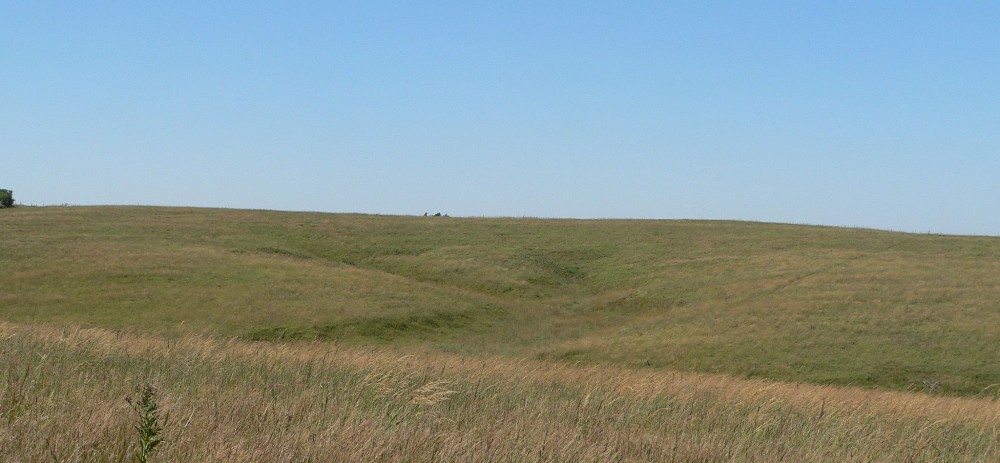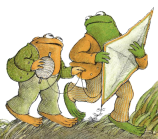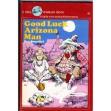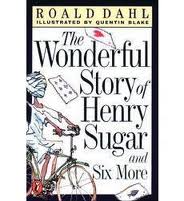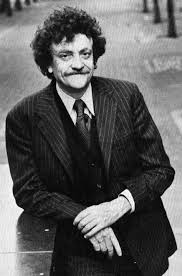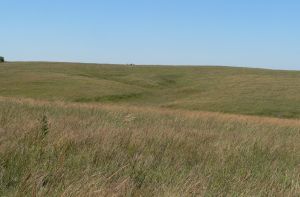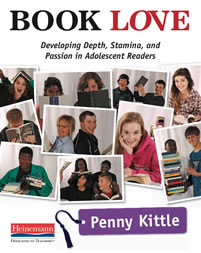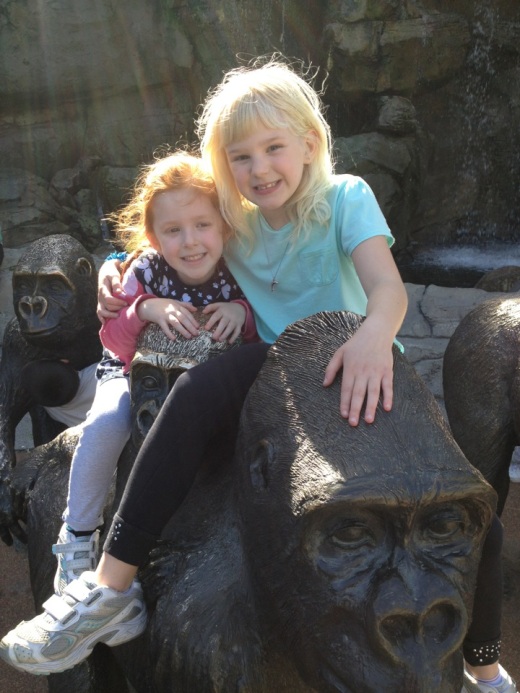I’m writing this after finishing up an online final and my brain is . . . tired. So, of course, I jump online and blog. I know this is more classwork, but it’s also enjoyment for me.
To finish up the semester, I want to do a kind of personal laundry list of what books were important to me as a kid and as a teen. If I think about it very long, I know the list will just keep growing. With that in mind, I’m trying to not second-guess and not do too much editing. The course has underscored that books can and should make a difference in the lives of kids. So onto my three lists.
Kid lit (titles and authors)
Frog and Toad — To this day, Frog and Toad are hardwired in my head. I like cookies, I make lists, I try and stay brave.
Richard Scary — My dad hated Richard Scary books. As a kid I demanded that he read every word on a page. And Richard Scary labelled everything.
Good Luck Arizona Man —
This is a little obscure. It’s a western. It was funny and suspenseful and smart . . . and published way back in 1972. I trace a direct line to the literature I like today to this book. (And I’m not sure if it’s in print.)
The Wind and the Willows — My copy had great illustrations and it was oversized. It looked and felt like literature.
Middle school
The Hobbit — Never could plow through the Lord of the Rings, but I read The Hobbit. And I spent a good chunk of junior high playing Dungeons and Dragons. Trivia — I quit playing D&D largely because it just seemed too nerdy going into high school. What girl would ever go out with a D&D kid who owns and rolls polyhedral dice?
The Great Brain series — This would be a late elementary school book series (there were seven books.) The setting was 1890s rural Utah, and the original book was turned into a bad movie starring the youngest Osmond brother. Very much the case of the book being better than the movie . . . by a lot.
Roald Dahl books — I loved all of Roald Dahl, but especially Danny, Champion of the World and a short story collection, The Wonderful Story of Henry Sugar and six More. Danny and Henry are just good storytelling.
YA Books/Things I read as a teen
The Hitchhiker’s Guide to the Galaxy — I saw the BBC TV show on public TV as a kid, then I read the book, then my local NPR affiliate ran the radio series. They all were funny and clever. And Douglas Adams should have lived longer. Must use a quote from the book now — “In the beginning the Universe was created. This has made a lot of people very angry and been widely regarded as a bad move.” Douglas Adams
Slaughterhouse-Five — Kurt Vonnegut’s best-known book, and I’ve written about it on this blog. He’s a literary hero of mine, and I hear him speak once at UNL.
Autobiography of Malcolm X (I think) — The reason I wrote “I think” is because I’ve read X multiple times and I have a couple of books of the speeches. I’m almost dead-sure I read the autobiography the first time in early high school, and it’s a stunning work. Why have I re-read it over the years? Some people read Horatio Alger for inspiration or those Chicken Soup or Seven Habits stuff. Me? I read Malcolm when I’m aggravated and job searching.
* * *
Thanks for reading. And if you’re ever in Omaha, classmates, I’d buy you a cup of coffee and we can talk books.
